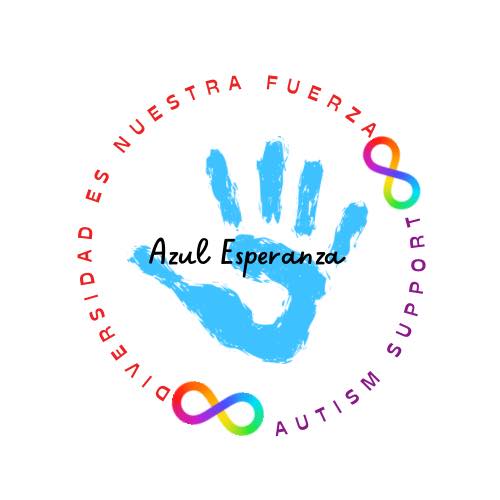Elizabeth Orosco
Northeast News
The Kansas City Fire Department and the community gathered November 29, to commemorate the 30th anniversary of the early morning explosion that killed six brave firefighters at a construction site at 87th and Blue River Road.
Six crosses in a row bear the names of the men: Captain Gerald Halloran, Thomas Fry, Luther Hurd, Captain James Kilventon Jr., Robert McKarnin, and Michael Oldham.
On November 29, 1988, an alarm was received at 3:40 a.m. by the KCFD indicating a pickup truck was on fire at a highway construction site. Pumper Company 41 was dispatched and the three firefighters were advised that there may be explosives on site. Pumper Company 30, with three more firefighters, was then dispatched for assistance.
Upon the units arrival, more fires broke out among three separate vehicles, including a trailer, which, unbeknownst to the firefighters, contained major explosive agent: a mixture of ammonium nitrate with fuel oil and aluminum pellets.
The highway project required moving limestone that had been broken up by drilling holes into the rock, placing blasting agent in the hole and detonating it.
An investigation of the incident by Jack Yates reports that of the approximately 50,500 pounds of ammonium nitrate/fuel oil mixture involved in the explosion, about 47,000 pounds contained the 5-percent aluminum mixture, which were divided between two trailers/magazines less than 100 feet apart.
According to workers from the site, the trailers were not placarded when stored.
While both units had been advised of the explosives, they had not been told specifically that the trailer was a magazine, nor what it contained. The pickup truck fire was extinguished and proceeded they to the other fire to assist the second company.
At 4:08 a.m., approximately 22 minutes after the first pumper company arrived and 16 minutes after the second company arrived, a catastrophic explosion occurred, killing all six firefighters.
Forty minutes later, a second explosion occurred, followed by several minor explosions.
Two large craters were left in the ground where the trailers had been. One crater was 80-feet wide and 8-feet deep; the other 100-feet wide and 8-feet deep.
At the time, the ATF did not require labeling of the magazines when parked to make them less susceptible to theft and vandalism.
“By appearing as innocuous trailers, fewer people know what they contain. Unfortunately, as tragically illustrated here, this lack of knowledge also applies to firefighters,” Yates’ investigation report stated.
The report goes on to say that, according to the opinion of the USFA, the tragic incident was in part the result of incomplete or unclear information.
“There exists the possibility that even if the two trailers/magazines had been placarded, or the two officers on the scene had otherwise been aware of the contents of the burning trailer/magazine, they may not have adopted a different course of action.”
While this incident was severely tragic, these brave men did not die in vain, as many regulations were put in place to inhibit similar circumstances to occur again and decrease the chance of further lives being lost.
Kansas Citians enacted a sales tax to support a hazardous-materials team to assist firefighters. Hazmat Unit 71 was created, combining the numbers of the two pumpers lost in the explosion.
Also, Kansas City created a labeling system for structures, which resulted in the diamond-shaped placards indicating the presence of hazardous materials.
Six stone crosses and a flagpole are placed at the site of the blast, and a portion of 87th Street was renamed 30/41 Memorial Drive.
The Firefighters Fountain was dedicated in 1991 on 31st Street as a memorial to all firefighters killed on duty..
Three trees will be planted on site, signifying each decade the firefighters have been gone.



















